Judith Heumann had a sinking feeling when she realized that the world saw her differently: “I was a butterfly, becoming a caterpillar.” Neighborhood children asked if she was sick. The local school refused to admit her because using a wheelchair made her a “fire hazard.” It was 1953 in New York. She was 6 years old.
For children with disabilities in the United States, much has changed since then, thanks in large part to the leadership Judith and her colleagues in the disability rights movement came to exercise. Public policies improved, and popular perceptions shifted.
But exclusion remains all too real for many children in the U.S. and around the world. More than 250 million young people are not in school. Disproportionate among them are children with disabilities, children living in deep poverty, girls, ethnic and linguistic minorities, LGBTQ youth, refugees, and migrants. The personal and societal consequences are enormous.
One has to ask why so many children are out of school 70 years after education was recognized as a universal human right. Moreover, why are so many out-of-school children from groups that are also marginalized in the workplace, before the law, in housing, or in social and cultural life? What will it take to make our schools and societies more inclusive? Here are three ideas.
1. Recognize and remove bias
The prominent philosopher Martha Nussbaum has argued that emotions play a significant and underappreciated role defining policy. Those emotions are not hardwired from birth, she says, but shaped by social contexts and social norms. Irrational emotions of fear, hatred, anger, and disgust take policy in the wrong direction. In schools, they are manifested in many forms of exclusion, such as tracking minorities into nonacademic or special education programs, excessive discipline, banning LGBTQ student organizations, or expelling pregnant girls from school.
Love, hope, and cooperation provide the basis for healthier and more just policies and societies. Social efforts and institutional design help to accelerate progress. For example, mainstreaming children with disabilities in school at an early age can help to alter the way children see and feel about each other. “No, there is nothing inevitable or ‘natural’ about racial hatred, fear of immigrants, a passion to subordinate women, or disgust at the bodies of people with disabilities. We did this, all of us, and we can, and must undo it,” says Nussbaum.
2. Improve laws and policies, enforce them, and reinforce them through social change
The Sustainable Development Goals (SDGs), which include a powerful statement on education, rest on the principle of leaving no one behind. They build on a rich history of commitments to nondiscrimination in education in United Nations Conventions on the rights of the child, women, persons with disabilities, indigenous peoples, and refugees. There is no convention on the educational rights of LGBTQ youth yet, but it is widely understood to be part the SDG principle of leaving no one behind and covered under the nondiscrimination principles.
Translation of international commitments into national laws, policies, and education strategies is well advanced in some countries, and lacking in others. Once enacted in law and policy, sincere efforts need to be made on improving data collection, enforcement, and cultivating social attitudes that will make change real and meaningful. Sierra Leone’s “radical inclusion” initiative is a wonderful example of a movement that builds from commitments on human rights to overturn laws and policies that keep pregnant girls out of school, while changing popular attitudes and stereotypes that condone exclusion.
3. Make schools safe and welcoming places
Children experience school in very different ways. For some, it is overwhelmingly positive. They develop a sense of self, learn, build confidence, and define their aspirations. For others, schools are dispiriting and discouraging. They present barriers—physical barriers, bureaucratic barriers, bullying, low expectations, or marginalization. For example, Roma children in Europe have long struggled with proof of residency requirements to enroll in school, teachers’ attempts to track them into special schools, and popular perceptions that they are outsiders. School leaders and teachers need to think hard about how to make schools safe and welcoming places for all children, places where everyone can thrive and where healthy, respectful communities can grow.
In some cases, more resources will be needed to make schools inclusive, for example, to make physical accommodations and provide assistive devices for children with disabilities, or to provide staff training. In other cases, it takes only leadership by example, creativity, and empowerment of students who want to make a difference. Ni Nyampinga is one such example—a movement in Rwanda by girls, for girls, that challenges the perceptions and behaviors that hold girls back in school. Perhaps most fundamentally, teachers and administrators need to see it as their duty to serve all children, not just an advantaged subset.
Conclusion
One million young people expressed their views in “The World We Want” report during negotiation of the SDGs. They were very clear on issues of justice, inclusion, equity, and quality education for all. Today, millions of people around the world are protesting for racial justice—against violence, and calling for more introspective and empathetic societies. Let us meet them in schools that are inclusive, and give them tools to build that world. Let us see education as a human right, and as an opportunity to build a better world for all.
The Brookings Institution is committed to quality, independence, and impact.
We are supported by a diverse array of funders. In line with our values and policies, each Brookings publication represents the sole views of its author(s).

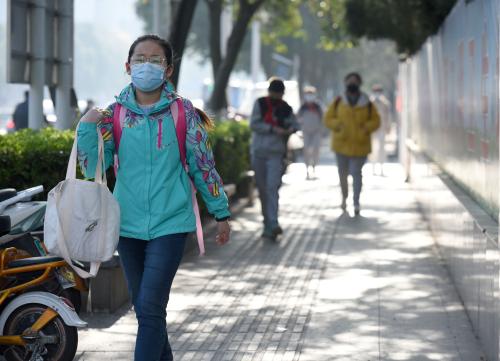
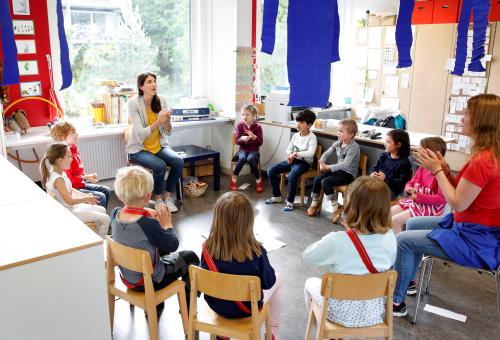
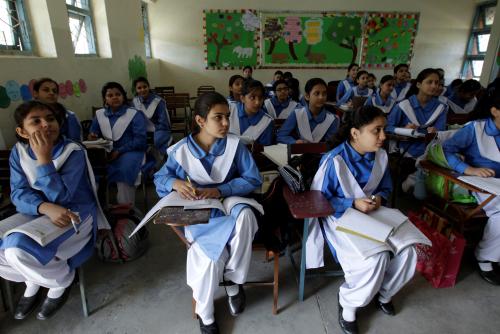
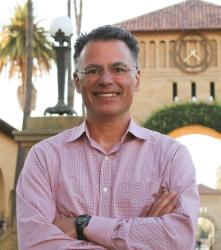


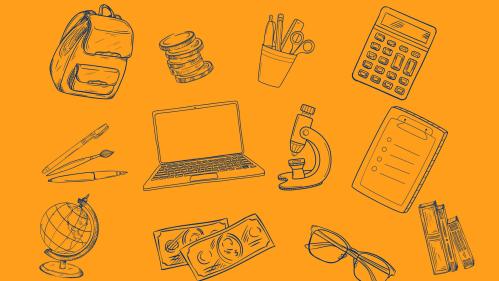
Commentary
Inclusive schools build inclusive societies
July 2, 2020